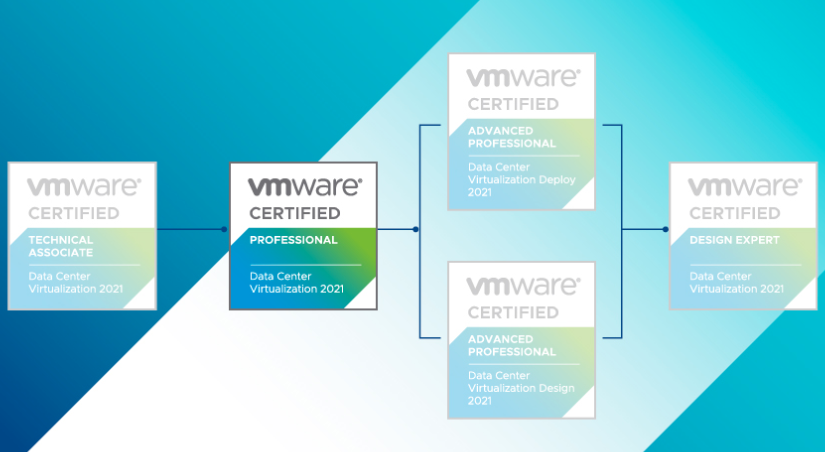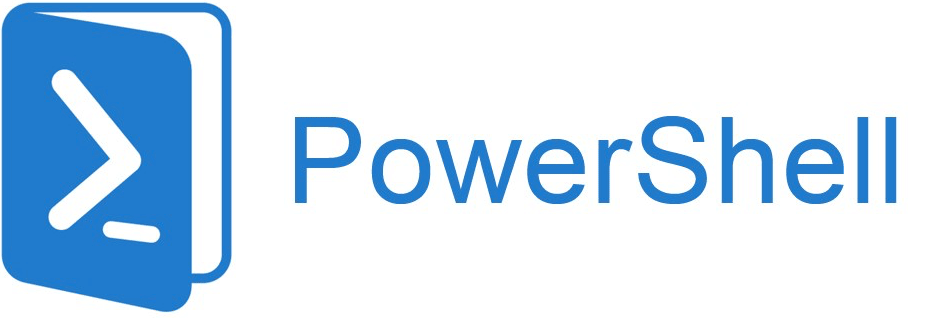Automating System Administration Tasks with PowerShell:
PowerShell, a robust scripting language developed by Microsoft, has become a staple for system administrators seeking to streamline and automate routine tasks. Its versatility and ability to manage various aspects of Windows environments make it an invaluable tool for improving efficiency and reducing manual workload. In this article, we’ll explore 10 common system administration tasks that can be automated with PowerShell, providing code snippets and links to external resources for further learning.
Continue reading 10 System Admin Tasks to Automate with PowerShell





